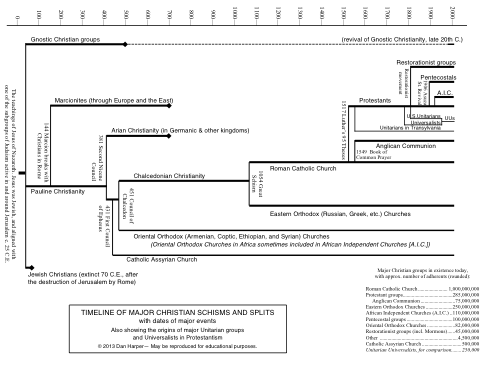Every once in a while, I hear someone say that we Unitarian Universalists don’t need the Our Whole Lives (OWL) comprehensive sexuality education curriculum because “we live in a progressive community, and our kids can get adequate sexuality education in the public schools.”
However, a recent controversy in the relatively progressive communities of Los Altos and Mountain View show that school systems are always subject to the pressure of popular opinion and loud voices in the community. Recently, the student newspaper at Mountain View High School (which also serves Los Altos) ran a spread on sex and relationships that aimed to supplement and fill out what is not taught in health classes — and some very vocal parents objected:
The paper recently ran a two-page feature, “Sex & Relationships,” including the piece “What they teach you in health and what you really need to know.” The article upset many parents, who attended the Feb. 11 Mountain View Los Altos Union High School District board meeting to voice their objections.
Mountain View High parent Nathan Sandland described the article as “too forward” and said it “counteracts parental advice.”…
Daniel Ledesma, whose four children are not yet in high school, said he was concerned with the content being “too explicit” and that he didn’t want his children exposed to it.
“It sends the wrong message,” he said. “It approves sex before marriage.”
Superintendent Barry Groves acknowledged that the article contained content that should not have been published and apologized for it.
— “Parents sound off over Mountain View High newspaper content,” Los Altos Crier, 27 Feb. 2013
My read on this is that the opposition is religious in nature — the key quote above is “It approves sex before marriage.” Of course we Unitarian Universalists would like to see sex happen within committed relationships, but since gays and lesbians can’t get married in this state marriage is not an option for them. Those who demand that people have to be married before they have sex is probably against same sex marriage, and that kind of attitude is typically linked with conservative religion.
Since that article, the school board and superintendent have had to backtrack. Fortunately, California has laws in place that protect student journalists:
As objectionable as the articles may have been to some parents, there is little school officials can do to prevent the Oracle from publishing such articles in the future, according Adam Goldstein, attorney advocate for the Student Press Law Center.
“Very, very little can be censored in California,” Goldstein said, explaining that while the Supreme Court precedent set in the 1988 case “Hazelwood v. Kuhlmeier,” dictates that districts can censor school publications, laws have since been passed in the state which supersede that ruling. The only way a school administration could legally exercise prior restraint on an article in a student newspaper, Goldstein said, would be if that article incited students to act in way that presented a “clear and present danger” to the operations of the school, or if the articles were defamatory, libelous or obscene.
While Robinson and other parents have said that they felt certain articles printed in The Oracle met the criteria for obscenity, Beare pointed out that U.S. courts have had trouble defining exactly what “obscenity” means.
There is a good reason behind California’s strong legal protections for journalists, no matter their age, Goldstein said. “Whenever you have a question to err on the side of fewer rights or more rights,” he mused, “you always produce better citizens by giving them more rights.”
— “Calmer heads prevail in aftermath of sex discussion: Support for student journalists who wrote controversial articles,” Mountain View Voice, 1 March 2013.
But in this instance, the dissemination of information on sexuality is allowed by protections for student journalists — not because it’s inherently good to give adolescents comprehensive information and education on sex and sexuality. Those protections would not apply in the classroom, and given their initial response, the school board might well give in to any demands made by religious conservative parents who objected to comprehensive sexuality education in the public schools.
This helps explain why we continue to need OWL programs in our congregations, even in relatively progressive communities like Mountain View and Los Altos. Too much pressure can be brought to bear on school boards for us to certain of comprehensive sexuality education in the public schools. Indeed, I would argue that we need to expand our OWL programs so we can offer them at no charge to people outside our congregations — and doing so might be the most important social justice effort we could take on right now.

